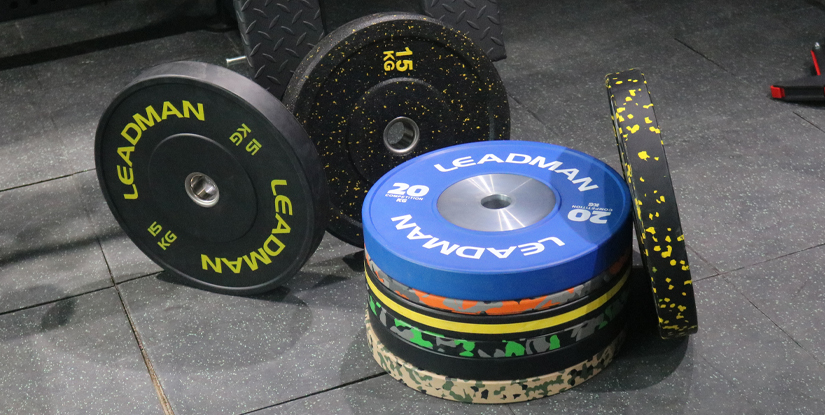Padded Floor Mats for Gym — Professional Guide to Materials, Installation & Safety

Overview of Padded Floor Mats for Gym
Padded floor mats for gym are a critical component in both commercial and home fitness environments. They provide impact absorption, reduce noise, protect subfloors and equipment, and enhance athlete comfort. Selecting the right mat requires an understanding of materials, thickness, installation, maintenance and regulatory considerations.
Key Benefits
- Impact protection: Reduces joint stress and injury risk during high-impact activities.
- Equipment safety: Prevents damage to weights and machines, extending equipment life.
- Noise reduction: Minimizes sound transmission in multi-tenant buildings or busy gyms.
- Floor protection: Shields concrete, wood and specialty surfaces from heavy loads and abrasion.
- Comfort and ergonomics: Improves user experience for functional training, stretching and recovery.
Common Materials and Their Properties
- Eva foam: Lightweight, cost-effective, good for low-impact zones and children’s areas. Lower durability under heavy dropped weights.
- Closed-cell rubber: Resistant to moisture, moderate shock absorption, used in yoga and stretching areas.
- Virgin rubber: High-density, excellent shock absorption and durability; preferred in weightlifting zones.
- Recycled rubber (EPDM or SBR): Sustainable option with strong compression resistance; widely used for heavy equipment and free-weight areas.
- Foam-rubber composites: Offer layered performance—soft top for comfort, dense base for load distribution.
Thickness and Density Considerations
Typical thicknesses range from 6 mm for general fitness to 30 mm (or more) for spaces where heavy weights are dropped. Density, measured in kg/m³ or pound-force per cubic foot (PCF), determines compression resistance. For commercial gyms that include Olympic lifts and heavy equipment, choose thicker, higher-density rubber (e.g., 10–30 mm or 3/8"–1") to balance shock absorption and durability.
Surface Patterns and Edge Treatments
Surface textures—coin, diamond, and interlocking tiles—affect traction and cleaning. Beveled or ramped edges reduce trip hazards and provide a neat transition to adjacent flooring. Interlocking systems simplify installation and replacement, while roll goods can be seamless for large open areas.
Installation Best Practices
- Prepare subfloor: Clean, dry and level the surface to ensure mat adhesion and longevity.
- Allow acclimation: Store mats in the installation area for 24–48 hours to reduce expansion/contraction post-install.
- Use appropriate adhesives or mechanical fastening where required—follow manufacturer guidelines.
- Plan seams and transitions to minimize wear at high-traffic points.
- Mark zones: Different mats can designate cardio, free weights, functional training and stretching areas for safety and workflow.
Maintenance and Hygiene
Routine cleaning keeps mats safe and extends service life. Daily: sweep or vacuum to remove grit. Weekly: mop with manufacturer-approved neutral cleaner. Avoid harsh solvents that degrade rubber or foam. For high-traffic or shared spaces, implement disinfection protocols using compatible agents and allow adequate drying time.
Safety and Compliance
Ensure mats meet fire-retardant and slip-resistance standards applicable in your jurisdiction. Commercial facilities should verify material certifications—such as REACH, RoHS or local building code compliance—and ensure proper drainage and moisture control to prevent mold in enclosed spaces.
Cost and Lifespan
Initial costs vary by material, thickness and coverage area. Virgin rubber and thicker recycled options cost more up front but deliver longer lifespan and lower lifecycle costs. Typical lifespans range from 3–5 years for light-duty foam to 10+ years for high-density rubber under typical commercial use. Factor installation, maintenance and replacement cycles into total cost of ownership.
Choosing the Right Product
- Evaluate primary use: cardio, free weights, powerlifting, group classes—each has distinct requirements.
- Prioritize durability in high-impact zones; prioritize comfort and traction in functional areas.
- Request samples and independent wear/test data to verify compression set, tensile strength and slip resistance.
- Consider warranty terms and manufacturer support for repairs and replacements.
Eco-friendly Options
Recycled rubber from tires and industrial scrap reduces environmental impact and performs well in heavy-use scenarios. Look for certifications or third-party testing that validate recycled content and emissions levels (VOC). Some manufacturers offer take-back programs to close the materials loop.
Installation Scenarios
- Home gym: Interlocking EVA or foam tiles for comfort and easy customization.
- CrossFit or functional training: 20–30 mm recycled rubber rolls or tiles for drop protection.
- Commercial fitness center: Combination strategy—dense rubber in weight zones, textured vinyl or closed-cell rubber in cardio areas.
- Children’s fitness or multi-use spaces: Softer foam with antimicrobial treatment and beveled edges.
Conclusion
Padded floor mats for gym are a strategic investment that enhances safety, performance and facility longevity. Align material choice, thickness and installation approach with intended use, and prioritize certified suppliers to ensure reliable performance and regulatory compliance.
FAQs
- Q: What thickness for free-weight zones?
A: 20–30 mm (3/8"–1") high-density rubber is typical. - Q: Are interlocking tiles durable?
A: Yes for moderate use; choose high-density materials for heavy lifting. - Q: Can mats be installed over radiant heat?
A: Check manufacturer specs—some rubber types resist heat better than foam. - Q: How to clean rubber mats?
A: Sweep, then mop with neutral cleaner; avoid solvents. - Q: Do rubber mats reduce noise?
A: Yes, thicker rubber significantly reduces impact noise. - Q: Are recycled mats safe?
A: Reputable manufacturers test for VOCs and heavy metals—request certificates. - Q: How long do mats last?
A: 3–5 years for foam; 10+ years for high-density rubber with proper care. - Q: Can I replace a damaged tile?
A: Yes—interlocking systems allow easy replacement of individual tiles. - Q: Is professional installation necessary?
A: For large commercial areas or adhesive installations, professional fitting is recommended.

